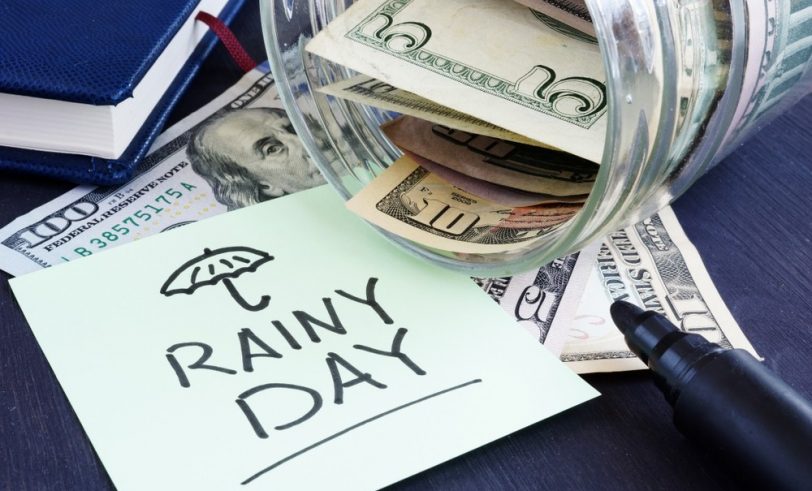Imagine opening a savings account so that you can put aside some money in case of an emergency. But when you go to the bank, the bank won’t allow you to put as much money in the account as you think you’ll need. And when an emergency arises, you are only allowed to withdraw half of what you had put away. That wouldn’t be a very helpful savings account, would it? That’s essentially how Missouri’s rainy-day fund works today.
Missouri’s savings account, or rainy-day fund, was created more than two decades ago to serve two purposes: provide the state government with short-term liquidity (cash flow) and help stabilize the state’s budget whenever there’s an unexpected shortfall (emergency). On average, Missouri spends a little more than $800 million in state tax dollars every month. With such significant spending obligations, it’s relatively common for the timing of revenue collections and immediate spending needs to not perfectly align. When this happens, the state’s budget administrator can authorize the transfer of some funds from the rainy-day account to help fill the short-term cash-flow gap. The only requirement is that the amount borrowed must be repaid to the fund by May 16th of the current fiscal year. So long as the cash-flow needs are truly short term, the fund can be reliably used for this purpose.
When the disparity between revenue collections and spending obligations are longer term—for example, during a recession or pandemic—Missouri’s current rainy-day fund is much less useful. The fund has a strict minimum and maximum balance, which can be problematic when times are bad. Each year, the fund typically has around $700 million at the beginning of the state’s fiscal year, before money is borrowed for cash flow. Missouri ranks in the bottom half of states for available savings, and during the 2008 recession state tax revenues declined by more than a billion dollars. In other words, the current fund is too small.
There are also strict rules about how the funds can be spent, and how they must be repaid. First, the governor must declare a state of emergency, or state expenditures must be reduced below their original estimates (which would happen if there was a revenue shortfall because Missouri’s budget must remain balanced at all times). Then the governor must request that the legislature approve emergency use of the fund, and the legislature must approve the proposed use by a two-thirds majority. Once approved, only half of the fund’s balance can be used for budget stabilization, and at least one third of the borrowed amount must be repaid by the following July 15th. In short, the fund is very hard to use.
The difficulty in using Missouri’s rainy-day fund for budget stabilization discourages lawmakers from calling on the fund in times of need. Its insufficient balance makes any effort even less worthwhile. While some of the limitations placed on the fund’s use are likely an effort to ward against improper overuse and needed, there’s a fine line between discouraging bad behavior and encouraging inaction. In fact, ever since this version of Missouri’s rainy-day fund was created in 1999, it’s never been used for anything other than cash-flow assistance.
The COVID-19 pandemic has illustrated the importance of governments preparing for rainy days. Ensuring Missouri’s rainy-day fund is something that can be reliably turned to when unforeseen events arise would help our state prepare for the future. I know I’d never sign up for a savings account like Missouri’s.



